Related Research Articles

Edward Jenner was an English physician and scientist who pioneered the concept of vaccines and created the smallpox vaccine, the world's first vaccine. The terms vaccine and vaccination are derived from Variolae vaccinae, the term devised by Jenner to denote cowpox. He used it in 1798 in the title of his Inquiry into the Variolae vaccinae known as the Cow Pox, in which he described the protective effect of cowpox against smallpox.
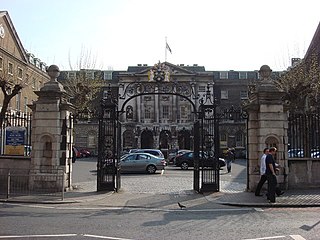
Guy's Hospital is an NHS hospital founded by Thomas Guy, located in the borough of Southwark in central London. It is part of Guy's and St Thomas' NHS Foundation Trust and one of the institutions that comprise the King's Health Partners, an academic health science centre.
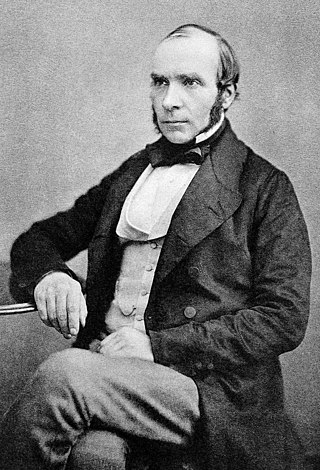
John Snow was an English physician and a leader in the development of anaesthesia and medical hygiene. He is considered one of the founders of modern epidemiology and early germ theory, in part because of his work in tracing the source of a cholera outbreak in London's Soho, which he identified as a particular public water pump. Snow's findings inspired fundamental changes in the water and waste systems of London, which led to similar changes in other cities, and a significant improvement in general public health around the world.
The Royal Medical and Chirurgical Society of London (RMCS), created in 1805 as the Medical and Chirurgical Society of London, was a learned society of physicians and surgeons, that received a Royal charter in 1834, and a supplement charter in 1907 to create the newly merged Royal Society of Medicine.

The Royal Society of Medicine (RSM) is a medical society based at 1 Wimpole Street, London, UK. It is a registered charity, with admission through membership.
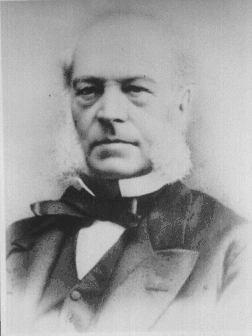
Edward Headlam Greenhow FRS, FRCP was an English physician, epidemiologist, sanitarian, statistician, clinician and lecturer.
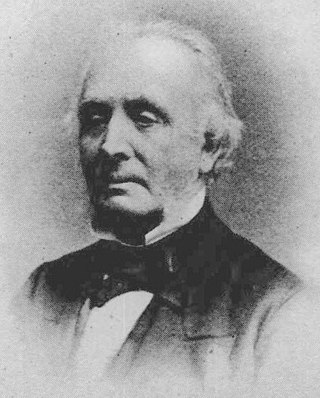
Thomas Michael Greenhow MD MRCS FRCS was an English surgeon and epidemiologist.

Benjamin Guy Babington was an English physician and epidemiologist.

Christopher Dye FRS, FMedSci is a biologist, epidemiologist and public health specialist. He is Professor of Epidemiology at the University of Oxford and formerly Director of Strategy at the World Health Organization.

William Norman Pickles CBE was a British physician who worked as a general practitioner and was the first president of the Royal College of General Practitioners in 1953.
Sir Rory Edwards Collins FMedSci FRS is a British physician who is Professor of Medicine and Epidemiology at the Clinical Trial Service Unit within the University of Oxford, the head of the Nuffield Department of Population Health and a Fellow of Green Templeton College, Oxford. His work has been in the establishment of large-scale epidemiological studies of the causes, prevention and treatment of heart attacks, other vascular disease, and cancer, while also being closely involved in developing approaches to the combination of results from related studies ("meta-analyses"). Since September 2005, he has been the Principal Investigator and Chief Executive of the UK Biobank, a prospective study of 500,000 British people aged 40–69 at recruitment.

Alexander Duncan Langmuir was an American epidemiologist who served as Chief Epidemiologist of the Centers for Disease Control and Prevention (CDC) from 1949 to 1970, developing the Epidemic Intelligence Service (EIS) as a training program for epidemiologists.
The Clinical Society of London was founded in London in 1868 and merged in 1907 with the Royal Medical and Chirurgical Society of London to form the Royal Society of Medicine (RSM).
Sir Arthur Salusbury MacNalty was the 8th Chief Medical Officer of the United Kingdom. Arthur MacNalty was also a ground breaking medical scientist. In 1908, early in his career, he joined with the Welshman Thomas Lewis (cardiologist) to demonstrate that tracings from the nascent science of electrocardiography (ECG) could be used as a tool for diagnosing Heart block. This use of electrocardiography to diagnose heart block was the earliest use of ECG technology in cardiology and clinical medicine. He was a pioneer in the modern discipline of public health and in the speciality of preventive medicine. In the 1930s, MacNalty became among the earliest public health authorities, if not the earliest, to warn against the serious medical dangers of fad dieting (slimming) and anti-obesity medications. He was particularly concerned with the neurological side effects of the popular practice of dosing with thyroid extract to lose weight. MacNalty was a prolific author of acclaimed medical and other histories, which have retained their value. He was the author of 96 books in the fields of medicine and history in 154 publications in three languages, which are held in at least 2,700 library collections.
Hilda Mary Woods (1892–1971) MBE, was a British statistician who began work in 1916 at the Medical Research Council's Statistical Research Unit with Major Greenwood. Subsequently, she would deputize for him in his Directorship of the Unit, where in 1931 Woods and her co-author William Russell published an early textbook on medical statistics. Their practical text was based on lectures given at the London School of Hygiene and Tropical Medicine (LSHTM), as referenced in Hill's 1937 Lancet articles and subsequent seminal text, The Principles of Medical Statistics.
The Milroy Lectures are given on topics in public health, to the Royal College of Physicians, London. They were set up by money left by Gavin Milroy, who died in 1886.
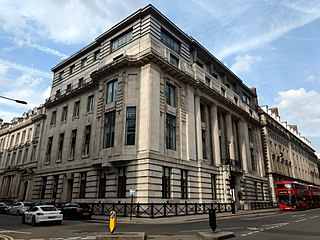
The Jenner Medal of the Royal Society of Medicine, formerly known as the Jenner Memorial Medal or the Jenner Medal of the Epidemiological Society of London, is awarded from time to time by the Epidemiology and Public Health Section of the Royal Society of Medicine (RSM), London, to individuals who have undertaken distinguished work in epidemiological research or made significant contributions in preventing and controlling epidemic disease.

Dr. Blasio Vincent Oriedo, in full Dr. Blasio Vincent Ndale Esau Oriedo was an African epidemiologist and a parasitological scientist known for his contributions to tropical medicine and work to stem disease epidemics in colonial and postcolonial Kenya, the countries of East and Central Africa, and the Sudan. He is credited for saving thousands of native African lives from infectious disease. Dr. Oriedo was a recipient of the Extramural Medical Research Grant presented by the US National Institutes of Health (NIH).
Walter Werner Holland was an epidemiologist and public health physician.
Donald S. Burke is an expert on the prevention, diagnosis, and control of infectious diseases of global concern. He is a distinguished University Professor of Health Science and Policy at the University of Pittsburgh.
References
- ↑ "Epidemiology & Public Health Section | The Royal Society of Medicine". www.rsm.ac.uk. 12 July 2021. Retrieved 18 November 2023.
- 1 2 3 "Origin of London Epidemiological Society". UCLA. Retrieved 22 October 2012.
- ↑ "Royal Society of Medicine Records". 1907–1975. Archived from the original on 24 June 2023. Retrieved 24 June 2023.
- ↑ Parliamentary Papers, Volume 58. H.M. Stationery Office. 1861. p. 10.
REPORT on QUARANTINE by the Committee of the National Association for the PROMOTION of SOCIAL SCIENCE , with ... B.G. Babington, M.D., F.R.S, President of the Epidemiological Society .
- ↑ Transactions of the National Association for the Promotion of Social Science. John W. Parker. 1858. p. 348. Retrieved 29 June 2020.
Report from the Epidemiological Society followed by a miscellaneous paper from T. M. Greenhow: "Health; how preserved, how impaired".... [page 347] - Dr E Headlam Greenhow [T.M. Greenhow's nephew] delivers a paper on "Public Health Statistics"
- ↑ "Epidemiological Society". The Lancet, 28 May 1853: 540–542. doi:10.1016/S0140-6736(02)45741-8.
Epidemiological Society - Dr Edward Headlam Greenhow - IN THE CHAIR
{{cite journal}}: Cite journal requires|journal=(help) - ↑ "The influence of the London Epidemiological Society". Yale Journal of Biology and Medicine. 46 (1): 29–31. 1973. PMC 2591793 .
- ↑ Hunting, Penelope (2002). "7. The first sections at the Society". The History of The Royal Society of Medicine. Royal Society of Medicine Press. pp. 230–235. ISBN 1-85315-497-0.
- ↑ "The Epidemiological Society of Great Britain Medal". Archives Hub. Retrieved 22 October 2012.